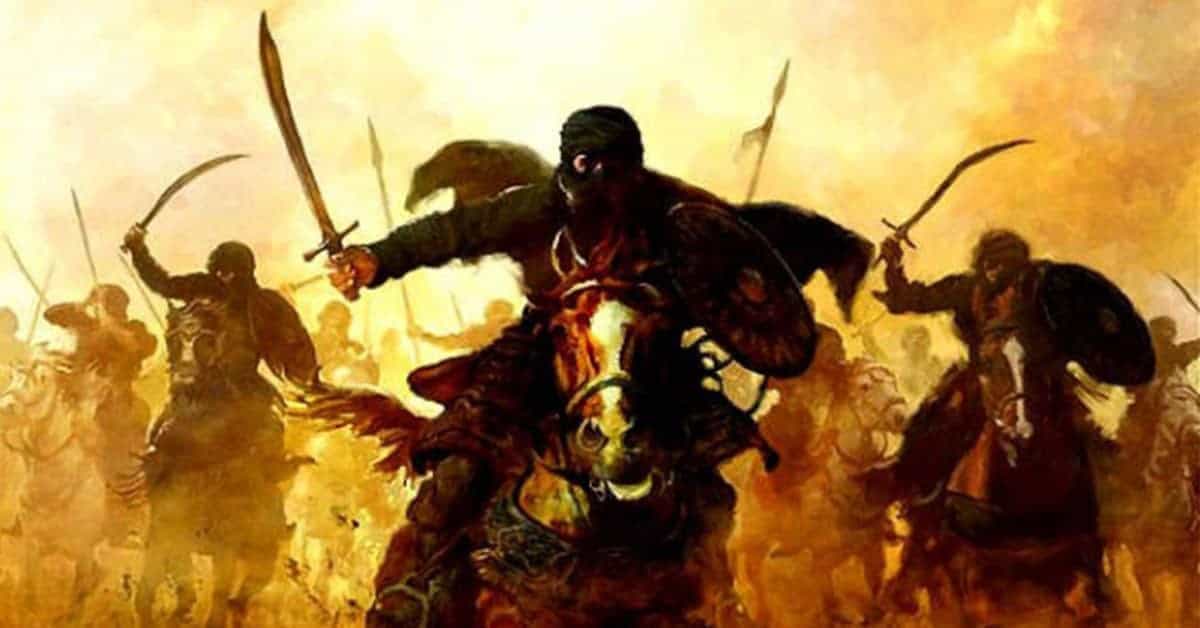Terrorist groups that relied on violence to intimidate societies and governments in order to achieve political, ideological, or religious aims, have existed for millennia. History’s first clearly identifiable terrorists emerged in the Holy Lands during the 1st century AD in the form of a clandestine organization of fanatics who engaged in public murder and exemplary atrocities in a bid to gain freedom from a foreign occupier.
A few centuries later during the medieval era, a movement of fanatical religious fundamentalists, again in the Middle East, declared that most of their co-religionists were backsliders, sinners, and apostates deserving of death, and engaged in a protracted campaign of terror, atrocities, and massacres, in much of the same territory where ISIS is operating in the 21st century.
Before the 20th century made them common, underground secret organizations had emerged that relied on targeted killings, assassinations, bullets and bombs to intimidate or overthrow governments. Following are 12 interesting facts about historic terrorist groups spanning nearly 2000 years, from the days of the Roman Empire to the eve of WWI.
The Sicarii Were History’s First Terrorist Group
The Sicarii were a militant faction of the Zealots, a 1st century AD Judean political movement that agitated to spark a rebellion to free the Holy Lands from the Roman yoke, leading to the Jewish Revolt of 66-73 AD. While the Zealots were radical, their Sicarii splinter went to extremes that made them history’s earliest identifiable terrorists, with methods that meet modern definitions of the term.

The Sicarii, meaning “dagger men” in Latin, earned their name from the knives known as sicae, with which they killed their victims. Their goal was to cleanse the Holy Lands of Romans and their Jewish collaborators, and their standard tactic was to blend into crowds at public gatherings, wait for an opportune moment, and when it presented itself, suddenly charge their target, stab him, and escape during the resulting confusion and panic by blending into the crowd.
They primarily targeted the pro-Roman Jewish aristocracy for killing, burned their estates, and eventually turned to kidnapping and hostage-taking for ransom. The Sicarii’s prominent victims included a High Priest of the Jewish Temple, after whose killing they went on an assassination spree that terrorized Judea’s upper strata of Jews and Romans.
Their victims, particularly Imperial officials, were frequently targeted in a deliberate attempt to provoke the Romans, who seldom needed much provocation before resorting to massacres and collective punishment of the Hebrew population. That in turn kept the embers of discontent smoldering, and lit new flames of resentment while providing a steady and steadily growing stream of new recruits and sympathizers from the families and friends of the Roman victims.

